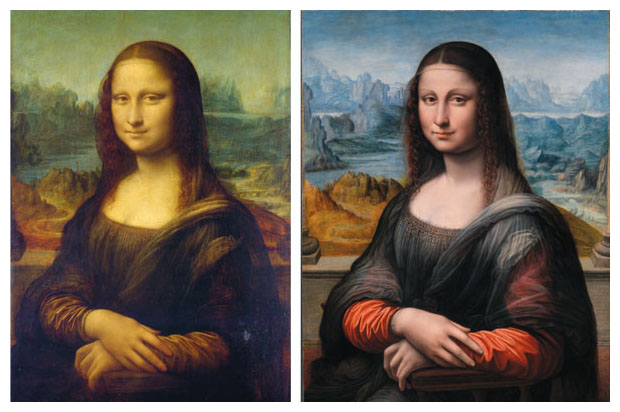
This Article From Issue
January-February 2016
Volume 104, Number 1
Page 3
DOI: 10.1511/2016.118.3
To the Editors:
The article by Claus-Christian Carbon and Vera M. Hesslinger about the two extant Mona Lisas (“Restoring Depth to Leonardo’s Mona Lisa,” November–December) was fascinating, especially the three-dimensional possibilities for the two images.
Back in the day, many science magazines published small 3D images about protein structure and whatnot. These images were about 4 or 5 centimeters square, placed side by side. When one looked at them by defocusing the eyes to allow the two images to merge, a 3D picture emerged.
I took a smartphone image of the two Mona Lisas in the article and brought it to about the 5-centimeter magnification. When I defocused my eyes, I was astounded by the lifelike 3D image—Mona Lisa sharply in the foreground, and the landscape well behind her. I think this reveals that Leonardo had an intuition about optical effects centuries ahead of his time.
Emory Menefee
Richmond, CA

The Editors respond:
For readers who would like to try this trick, see the paired images above.
American Scientist Comments and Discussion
To discuss our articles or comment on them, please share them and tag American Scientist on social media platforms. Here are links to our profiles on Twitter, Facebook, and LinkedIn.
If we re-share your post, we will moderate comments/discussion following our comments policy.